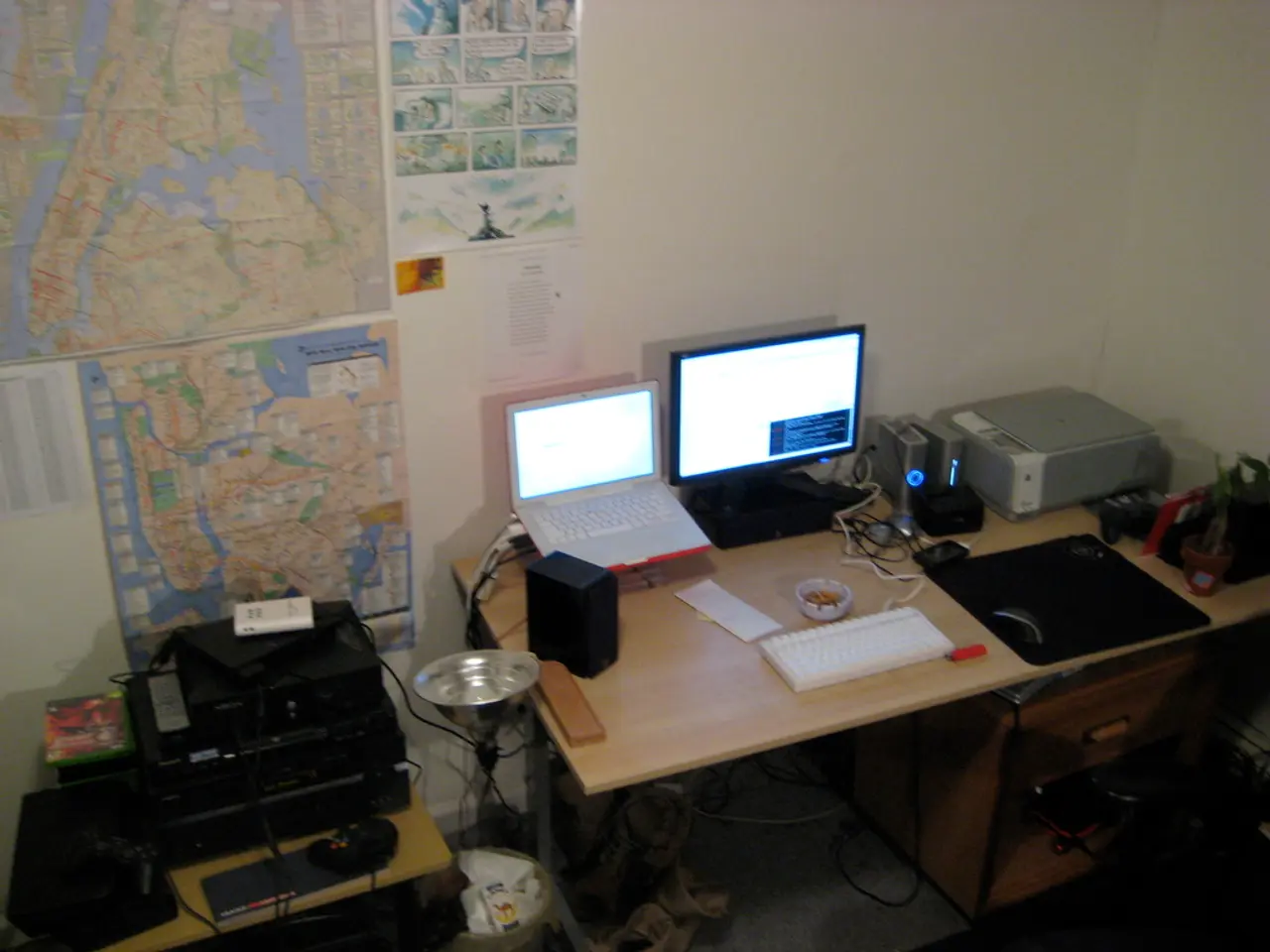Building Transparent Interactions Without User Interface Design
In the ever-evolving world of technology, a new era is upon us as we delve into the realm of Non-Visual User Interaction (No-UI). This approach, an extension beyond Graphical User Interfaces (GUIs), is revolutionising the way we interact with our devices, aiming to make technology more seamless and less intrusive in our daily lives.
No-UI interaction is built upon three fundamental blocks: observations, external knowledge, and intelligence. Observations utilise hardware sensors, data repositories, or user profiling to gather information about the user. External knowledge is harnessed through technological developments to extract knowledge from external sources, such as semantically and emotionally analysing comments and tips left at venues. Intelligence determines what result to present to the user and how to present it, requiring creative thinking and prioritisation.
The goal of No-UI design is to take advantage of context awareness, sensors, and multimodal output capabilities of modern computing devices for rich user experiences. This approach eliminates the need for constant visual interaction with the device, allowing users to focus on their tasks rather than the device itself.
Examples of modern computing devices and applications that utilise No-UI technology include voice-activated virtual assistants such as Amazon Alexa, Apple Siri, and Google Assistant. These assistants allow users to interact entirely through speech, performing tasks like sending emails, checking weather, and controlling smart home devices without any visual interface. Conversational AI chatbots, like ChatGPT, also fall under this category, responding to user inputs via natural language processing, often supporting voice inputs as well to create non-visual interaction experiences.
Augmented reality (AR) and virtual reality (VR) systems also accept inputs through natural human behaviours - voice commands, eye movements, gestures - enabling immersive interaction without reliance on traditional graphical interfaces. Amazon Go cashierless stores use a combination of overhead cameras and sensors to track user actions like picking up products, enabling a completely touchless, no-UI shopping experience that automatically bills users without checkout interfaces. Smart homes and wearables respond to voice or gesture commands to control lighting, music, thermostats, and other functions, significantly minimising or eliminating the need for screens or manual input.
These technologies enable interaction through speech, gesture, presence detection, and other natural inputs, replacing or reducing the need for visual UI elements such as screens or buttons. In contrast, devices like printers, projectors, and optical mark readers still rely heavily on visual outputs and traditional interfaces, and thus do not represent no-UI interactions.
As we navigate through a world where we are surrounded by information and digital events, the designer's task remains to harness and influence the developments in technology, deploying its capabilities with one thing in mind: to allow the user to keep calm and carry on (with the tasks at hand). This philosophy, coined by visionary researcher Mark Weiser, emphasises the importance of technology that empowers users in a calm and unobtrusive manner, operating in the periphery of the user's attention.
In conclusion, No-UI computing is embodied in voice assistants, gesture-controlled devices, immersive AR/VR, and sensor-driven environments where communication and control happen seamlessly through natural human inputs, without requiring users to engage with visual displays or physical user interface elements. As research continues to advance and commercially available services gain popularity, we can look forward to a future where technology becomes an even more integral part of our lives, blending seamlessly into the background and empowering us to navigate the complexities of everyday life with ease.
[1] Goldstein, L. (2020). The Future of User Interface Design: No-UI and Beyond. UX Collective. [2] Kjeldskov, J., & Graham, P. (2003). User Interface Design: Beyond Human-Computer Interaction. Morgan Kaufmann. [3] Weiser, M. (1991). The Computer for the 21st Century. Communications of the ACM, 34(8), 101-104. [4] Wilson, G., et al. (2012). Haptic Feedback for Mobile Devices: A Review of the State of the Art. ACM Transactions on Human-Computer Interaction, 19(4), Article 11.
- The field of Interaction Design is increasingly focusing on Design Patterns that facilitate Non-Visual User Interaction (No-UI), a approach aimed at making technology more seamless and less intrusive.
- Artificial Intelligence, particularly Conversational AI chatbots and voice-activated virtual assistants, represent significant advancements in No-UI design, enabling natural language processing and voice inputs.
- As technology progresses, the role of UI Design is evolving to prioritize User Experience in No-UI environments, where devices respond to speech, gestures, and other natural inputs, with the goal of creating a calm and unobtrusive user experience, as envisioned by Mark Weiser.



